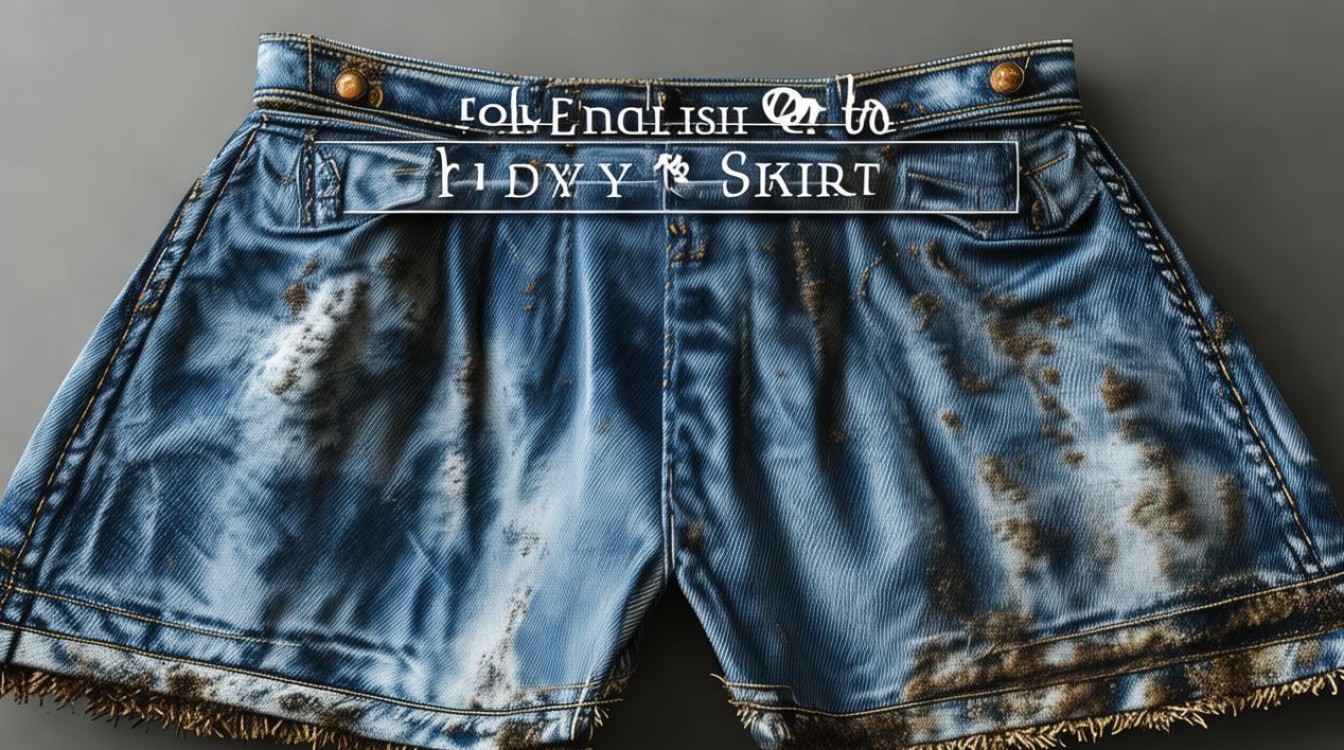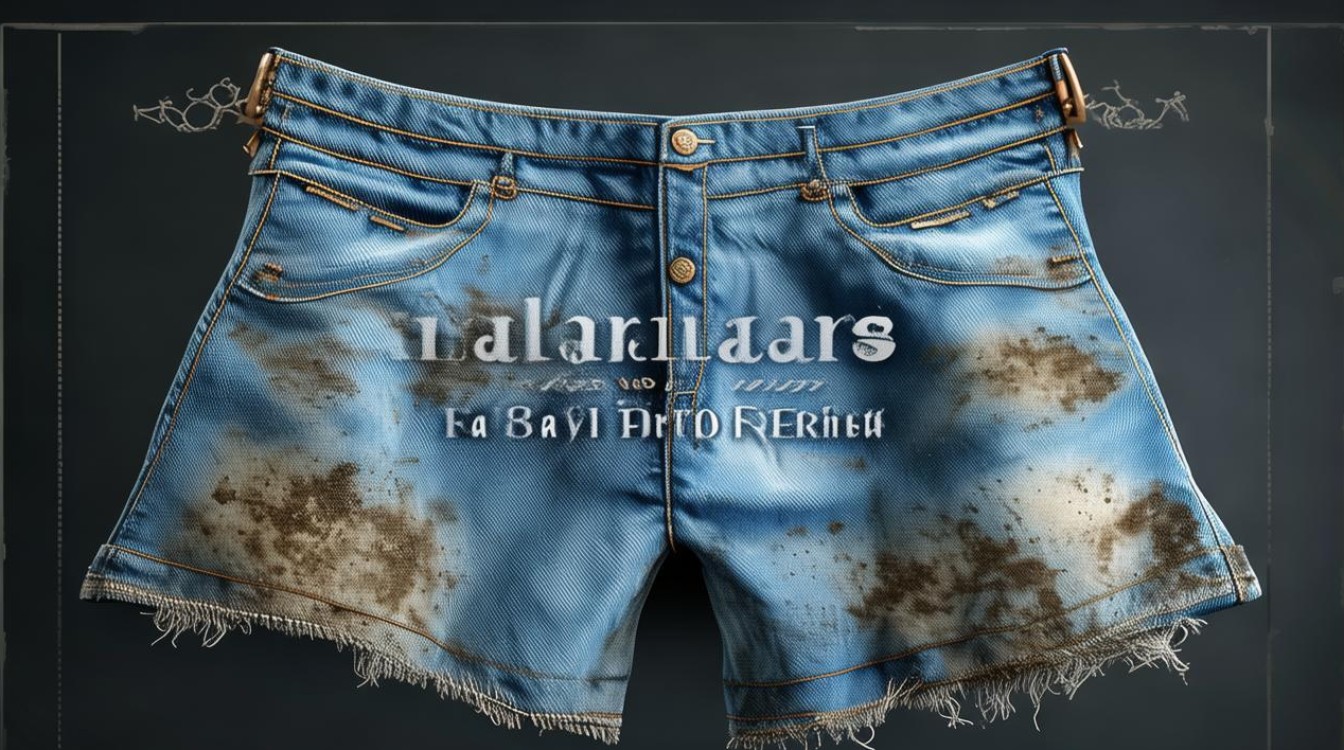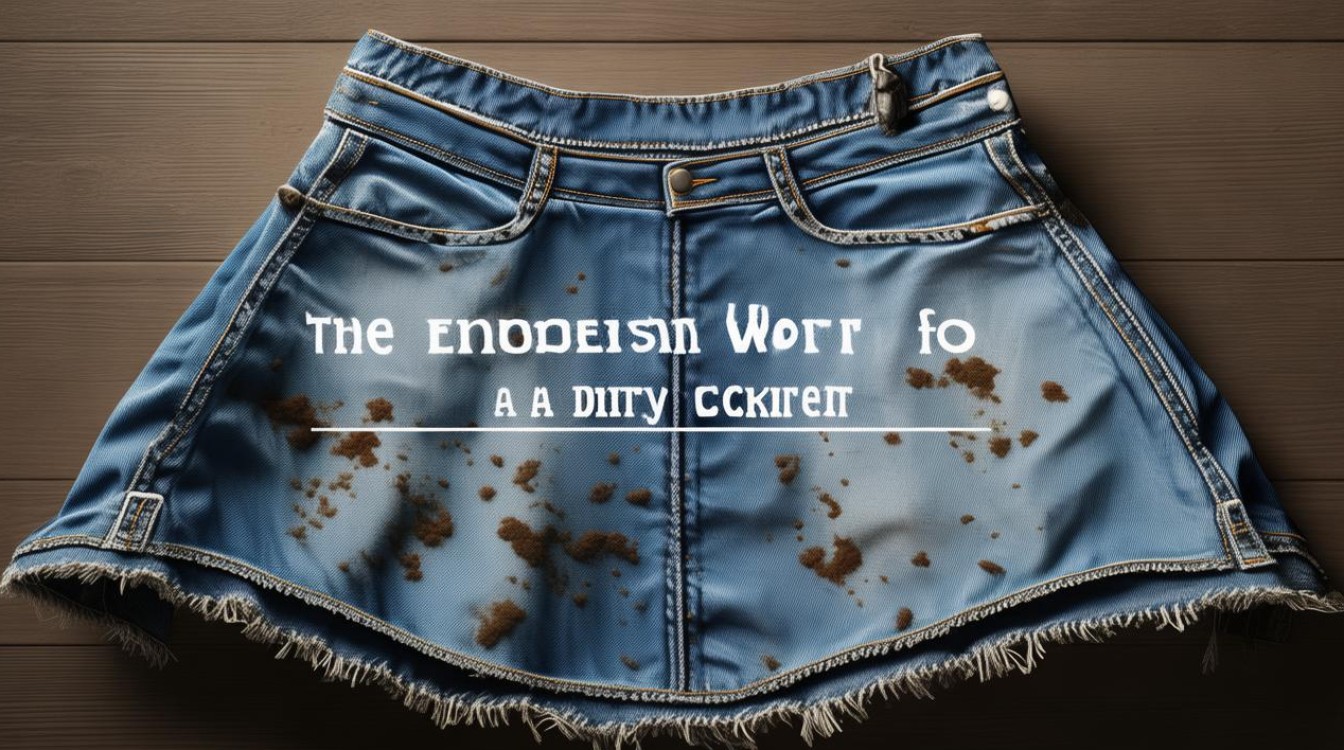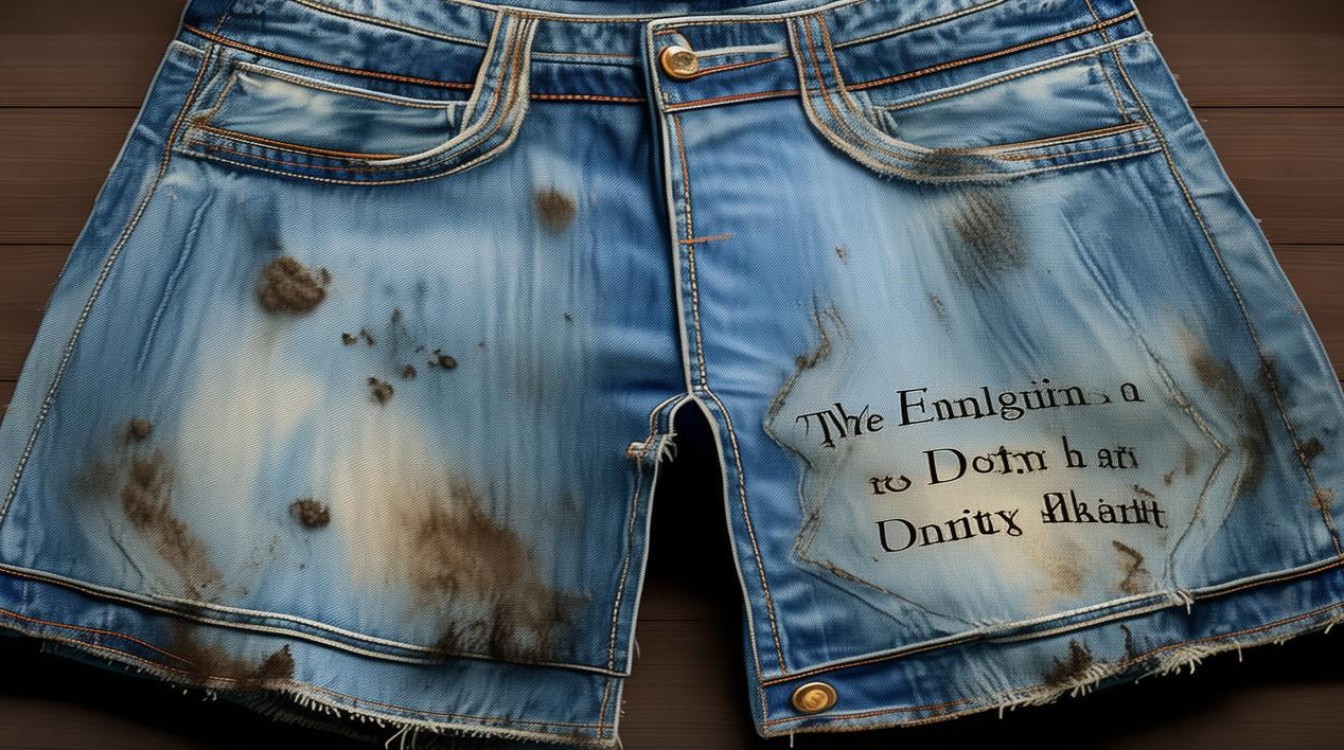Every piece of clothing has a story, and sometimes, that story includes stains, spills, and wear. If you've ever wondered how to describe a skirt that’s seen better days in English, the most straightforward term is "dirty skirt." However, language is rich with nuance, and there are several ways to express this depending on context, severity, and even tone.

Common Ways to Say "Dirty Skirt" in English
- Dirty Skirt – The most direct translation. This works in any situation where the skirt is unclean.
- Soiled Skirt – A slightly more formal term, often used in laundry or care instructions.
- Stained Skirt – If the dirt is visible in the form of marks or discoloration.
- Grubby Skirt – Informal, implying general dirtiness from everyday use.
- Filthy Skirt – Stronger, suggesting extreme dirt or neglect.
Each of these terms carries a different connotation. For example, "soiled" might appear in a dry-cleaning label, while "grubby" could be used in casual conversation among friends.
Why Knowing These Terms Matters
Understanding these variations helps in multiple scenarios:
- Shopping for secondhand clothes – If browsing online listings, terms like "lightly stained" or "worn-in" may appear.
- Laundry care – Some fabrics require specific cleaning methods for different types of dirt.
- Writing descriptions – If selling clothing, precise language ensures buyers know the condition.
Cultural Perspectives on Dirty Clothing
Different cultures have unique attitudes toward cleanliness. In some societies, visible wear on clothing is seen as a sign of hard work or practicality. In others, maintaining spotless attire is a matter of pride. The way people describe dirty clothing can reflect these values.

For example:
- In British English, "mucky" is a colloquial alternative to "dirty."
- Australian slang might use "daggy" to describe something unkempt.
How to Clean a Dirty Skirt
If you’re dealing with a skirt that needs refreshing, here are some general tips:
- Check the care label – Always follow fabric-specific instructions.
- Pre-treat stains – Use a stain remover or a mix of baking soda and water.
- Wash accordingly – Delicates may need hand-washing, while sturdy fabrics can go in the machine.
- Air-dry if necessary – Some materials shrink or warp in high heat.
For stubborn stains, professional cleaning might be the best option.

The Psychology of Clothing and Cleanliness
Clothing isn’t just about appearance—it affects how we feel and how others perceive us. Studies show that wearing clean, well-maintained clothes can boost confidence, while dirty or wrinkled attire might lead to negative judgments. This is why knowing how to care for (and describe) clothing matters beyond mere vocabulary.
Fun Language Facts
- The word "dingy" can describe something dirty and faded, often used for old fabrics.
- "Smudged" refers to streaks or smears, useful for describing certain types of stains.
- "Musty" implies a stale smell, often from damp or long storage.
Language evolves, and so do the ways we talk about everyday items. Whether you're a language learner, a thrift shopper, or just curious, knowing how to describe a dirty skirt in English adds a useful tool to your vocabulary.
Clothing tells a story, and sometimes, that story includes a little dirt—but with the right words and care, it doesn’t have to be the end of the tale.



